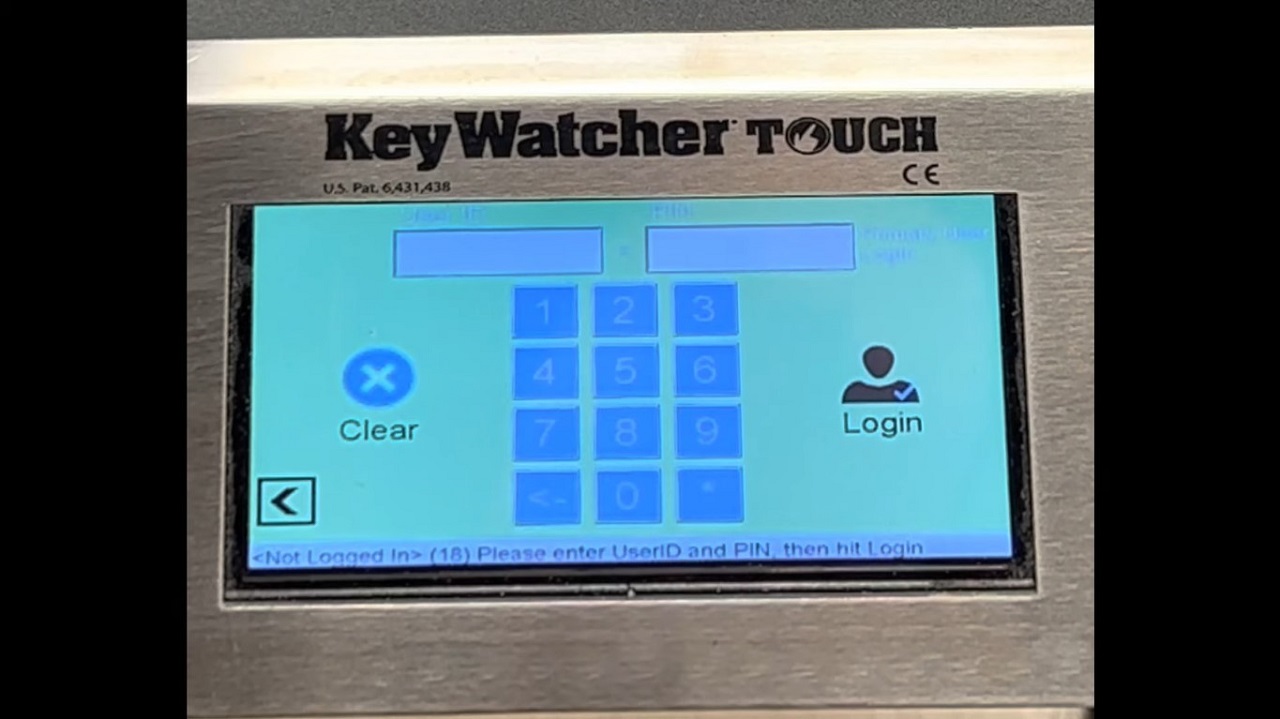Key Control Simplifies Campus Access
An electronic key-control system provides security, flexibility, and accountability at Texas State University. This key control simplifies campus access but doesn’t compromise security.
George EvansMar 01, 2024455 Shares7576 Views

An innovative key control simplifies campus accessfor personnel and students alike.
From its humble beginnings located in a single building, Texas State University’s original San Marcos campus has grown to include 485 acres, is home to 267 buildings, and includes an additional 5,038 acres of recreational, instructional, farm, and ranch land.
A second campus, in Round Rock, Texas, was added and has since grown from 15 temporary buildings to a 101-acre campus with state-of-the-art facilities.
Student population has kept pace with the university’s physical expansion, growing to more than 35,500 in 2013, including a freshman class of more than 5,000.
Like many universities, Texas State freshmen are required to live on campus.
Anticipating major physical and population growth to continue, administrators reviewed the school’s security policies and determined that they needed to implement electronic key-control systems in sensitive areas.
Based on the school’s size, the understanding was that as many as 85 systems could potentially be needed as part of the initiative.

Proactive Assessment
With a large number of individuals requiring access to so many facilities, administrators recognized that key management had the potential to become a high-risk issue and were determined to be proactive.
The university police department and other stakeholders were charged with undertaking an extensive review of available options for key-management systems.
The review process involved:
- gathering research
- having discussions with current customers of various vendors
- listening to on-site presentations from the companies under consideration
The KeyWatcher Touch system from Morse Watchmans Inc., in Oxford, Connecticut, was chosen for the campus-management project.
Factors that contributed to the decision to use the KeyWatcher Touch system included its:
- robust feature set
- competitive pricing
Administrators were also impressed by the company’s receptiveness to their specific needs - a six-digit user ID, for example - and the ability to implement changes quickly.
Access to support was also a primary consideration.
In addition, the company’s 130-year history and the domestically produced system itself were major strongpoints.
Of the KeyWatcher systems implemented, the largest number are deployed for the university’s Department of Housing and Residential Life, which provides housing and services to approximately 7,000 residents in 25 facilities.
The department also operates a facilities service group consisting of 110 full-time employees and a staff of 170 building paraprofessionals.
The department experiences personnel changes on an annual basis, and the key system’s enterprise-management capability has been a valuable feature, as have its reporting capabilities, according to Kyle Estes, the university’s associate director of housing facilities services.
Having keys available in each resident hall for use by maintenance staff has made the department more efficient and reduced liability. Staff no longer needs to carry multiple master keys across campus for different buildings.
Estes said:
“„Because the system automatically generates a log of who has each key, we’ve been able to establish much better employee accountability for key usage.- Kyle Estes
He added:
“„The ability to set a maximum duration that each key can be checked out and to receive alarms when that limit is exceeded has eliminated the problem of having keys unnecessarily checked out and, as a result, inaccessible when someone needs them.- Kyle Estes
All KeyWatcher Touch systems at Texas State are connected to the university’s network and interface with its card-access and email systems.
The ease of use and centralized management features provided by the system’s network capabilities have streamlined the once cumbersome process of generating reports and reviewing incidents.
One particular feature, the ability to access the system from anywhere, has made the system even more effective, according to Estes.
He also said:
“„We’ve been especially happy with the KeyWatcher’s access and reporting capabilities, and the system’s reporting tools make reviewing events and issues incredibly simple.- Kyle Estes
Final Thoughts
Based on the housing department’s success with the system, additional system implementation is ongoing.
Kyle Estes also shared other realizations:
“„We’ve found that expanding these systems is fairly easy and doesn’t involve time-consuming processes that could delay implementation of key management for particularly sensitive areas.- Kyle Estes
He added:
“„Overall, the system has been very reliable, and the support staff has been very responsive and regularly available to help resolve the very few minor issues we’ve encountered in a timely manner.- Kyle Estes
As key control simplifies campus access, it’s one thing less to worry about for the busy people at Texas State University.
Latest Articles
Popular Articles